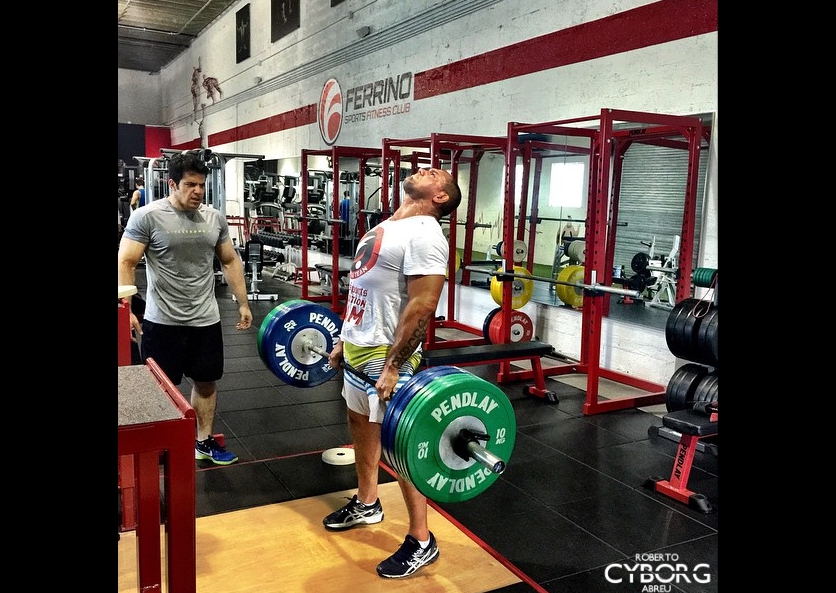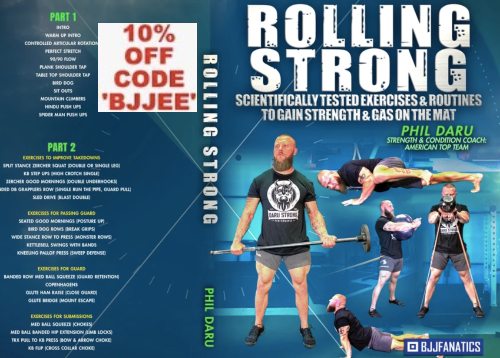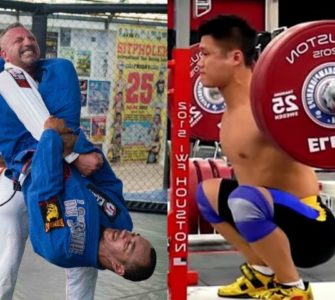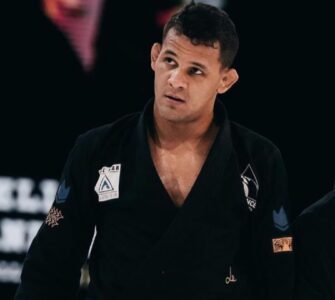Deadlifts are considered one of the most effective widespread ways of exercising, for most men. But for some, the lift is too cruel and painful.
Deadlifting without huge amounts of pain may be impossible for some no matter how spot on their form is according do trainer Dean Somerset an exercise physiologist from Canada.
“I used to think everyone should deadlift,” he says. “But as I worked with more and more people, I realized that it’s misguided to think that every single person is able to do every single movement.”
Some people Somerset trains just couldn’t deadlift without feeling immediate pain, or pain the next day. “They weren’t injured, everything was right with their form and no other exercises were hurting them,” he says.
After some tinkering and trying out lighter weights it occurred to him – deadlifting puts sheer forces on your spine. And Somerset’s theory is that some people have spines that just don’t lend themselves to this type of exercise. Spines of select individuals are less tolerant to sheer forces. Sheer force is a horizontal force.
“If your spine has a lot of side-to-side slipping around between discs, that’s sheer force,” says Somerset. “Not all people’s spinal discs are designed the exact same way. It could be that these people have spinal discs that are shaped in a way that sheer force causes pain, or they’re just overly sensitive to the forces.”
“I have people do a squat, or hip thrust, or even a trap bar deadlift to get the same effect without any problems,” he says.
The same author goes on to claim that maybe the deadlift shouldn’t start from the floor for everyone due to individual variances in hip structure and how they could affect the ability to squat to depth.
So the big question comes up: should someone who doesn’t have the hip anatomy to allow them to grab the bar without compensating with low back flexion even worry about pulling a bar off the floor? The plates used are typically a set height, meaning if you’re 5’0″ or 7’0″ tall you have to bend down to the same position. The person who is 5’0″ tall will pull from a position that’s almost at their knee, whereas the 7’0″ tall person will essentially be tying their shoes at the start position.
Sometimes a slightly reduced range of motion or an altered stance can give you the same training effect you’re looking for but without the same risks.
“No one exercise is magical—there’s no sense in trying to push through the pain just so you can deadlift,” says Somerset. “You’ll just hurt yourself and you won’t be able to exercise at all, and you could cause long term damage or at best just continuously get frustrated.”
If you’re interested to read more about this philosophy and credentials you can check out Dean’s personal blog at deansomerset.com
you might also like:
Watch: World Class BJJ & Judo Champions Deadlifting
10 Best Strength Building Exercises for Grapplers
5 Ways To Build Strength For Jiu-Jitsu
Quick Tips for the Big Three Lifts For BJJ
Rolling Strong combines scientific exercises and routines specifically geared towards grappling.
Phil Daru is a performance coach for over 200 Elite Level Fighters in all aspects of combat sports.
Learn a comprehensive approach that covers everything from proper warmups to exercises designed to improve your guard!



















